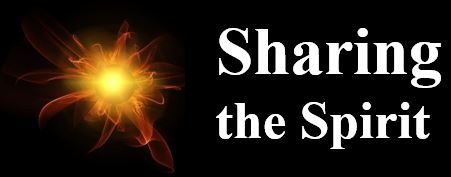The Woman…
SUN., JUNE 13, 1982, 5:02 AM
FARM, STUDY
From time to time you think, o son, of the controversial nature of this that We do together and of the content of some of the teachings. Hear this morning as I tell you of one of My controversies, the story of the woman caught in adultery.
It actually happened, but, as you know, it is just barely in the Bible. There was controversy over its authenticity, but it was not unique in this regard. Some stories and sayings that are less authentic are easily included because “I would say and do that.” But, predictably, there were moralists who honestly felt the danger of including such a story of Me, as Jesus, considering sin and goodness. Most “authorized” versions of the Holy Bible include it in small print, indicating that the controversy is in the authenticity. Not so.
Many Christians are downright uncomfortable with the term “yin and yang”. In older terminology this is “pagan”, and is certainly Eastern, which means religious traditions that Christianity must supplant. I have taught you before that the greatest example of yin and yang, the opposite forces that must co-exist and eternally balance one another even as they oppose, is justice and mercy. This story is about justice and mercy, but it is also about sin and righteousness, which is the basis for its controversy. You see, good Christians like to feel that righteousness should prevail over sin, not that they are both necessary forces that balance each other. And the story strongly suggests that this is so… these are yin and yang type “forces”.
“Though shalt not commit adultery” is a commandment, instituted as protection for the family (just as “though shalt not kill” constitutes protection for earthly life). The sex act is the act of procreation, and procreation resulted in lineage. In Biblical times if a man’s wife had a child, he wanted to be certain it was his child, for it would bear his name and be ever after known as part of his lineage. If a woman was adulterous she was either running the risk of carrying another man’s child and having it become (falsely) part of her husbands heritage or (if she was unmarried) she was ruining her changes of becoming the wife of a good man and bearing his children in proper lineage fashion. The family is a wonderful institution, and it needs protection, but, of course, it never has worked perfectly. (Technically, Mary committed adultery in order that I, as Jesus, might be of the lineage of David… and if I, the Holy Spirit, were the procreator and am also at one with the son… you see that it gets a bit muddy.)
Back to The Woman. She was caught in adultery. She had committed overt sin. Justice should prevail. She should be stoned to death (which could be fast and merciful or slow and painful) by the men who were righteous. Righteousness should clearly triumph over sin… to show, dramatically, that righteousness is superior, not just a balancing force. I was asked for a judgment. I said, softly and non-forcefully, “He who is without sin, let him throw the first stone.” I said, in effect, that there are other sins, and those who uphold righteousness have also sinned. I also showed mercy and forgave the woman, making her righteous. Then if justice had been carried out the righteous men would have killed a righteous woman, making them sinners in their carrying out of justice.
SUN., JUNE 13, 1982, 5:02 AM
FARM, STUDY
From time to time you think, o son, of the controversial nature of this that We do together and of the content of some of the teachings. Hear this morning as I tell you of one of My controversies, the story of the woman caught in adultery.
It actually happened, but, as you know, it is just barely in the Bible. There was controversy over its authenticity, but it was not unique in this regard. Some stories and sayings that are less authentic are easily included because “I would say and . . .
Your membership level does not allow you to see more of this content.
If you'd like to upgrade your membership, here are your options:
.
